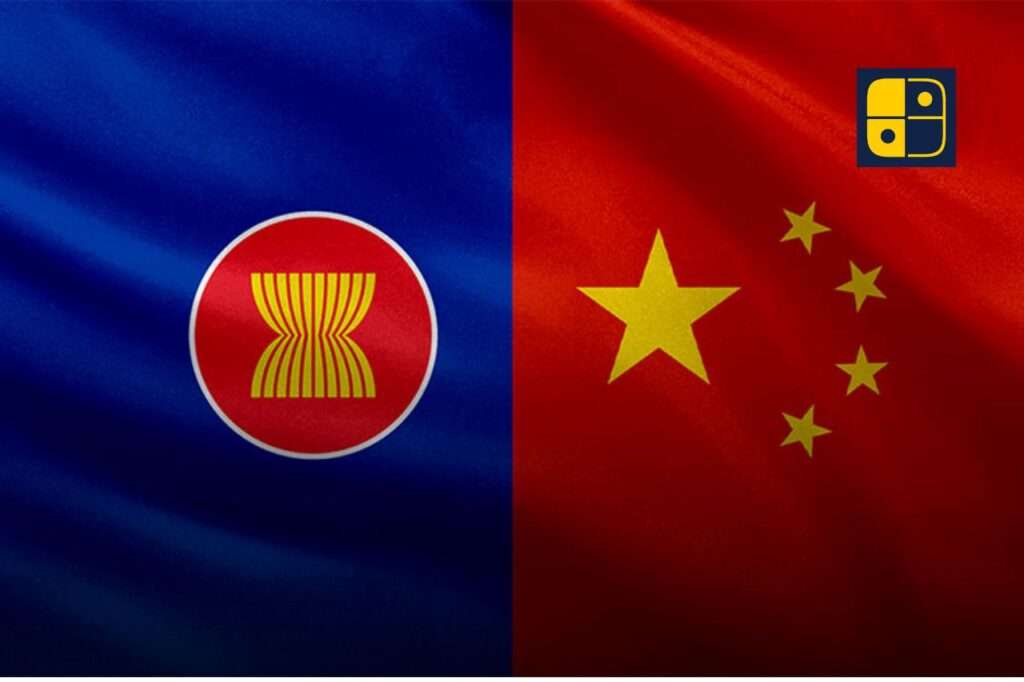China and the Association of Southeast Asian Nations (ASEAN) are advancing the Version 3.0 Free Trade Area agreement that is expected to be formally signed by the end of 2025. The framework envisions a range of new areas and activities like artificial intelligence (AI), cross-border e-commerce, and digital infrastructure that will help develop digital economies of the Association of Southeast Asian Nations (ASEAN) member nations. To position itself as the digital partner of choice, China is showcasing Guangxi to pursue AI cooperation. Chinese tech giants Huawei and Alibaba will be displaying projects at the upcoming China–ASEAN Expo in Nanning, with a careful mind to display Beijing’s intention to entrench itself as the region’s leading digital partner.
Although ASEAN considers digital transformation as a need, the deepening of ASEAN’s integration is occurring against the backdrop of more general global concerns over supply chain resilience, data security, and dependence on technology. The cumulative $450 billion investment between China and ASEAN is an indicator of Beijing’s developing role but also raises issues related to reliance on a single partner for critical technologies.
For India, this development serves as a wake-up call and a timely reminder of the strategic need to scale up its own digital partnerships in ASEAN. As Southeast Asia looks to diversify its choices, India can utilize its shared democratic ideals, trusted digital systems and existing Indo-pacific frameworks to provide an alternative that facilitates regional equilibrium and avoids any country’s monopoly on next-generation technology.

